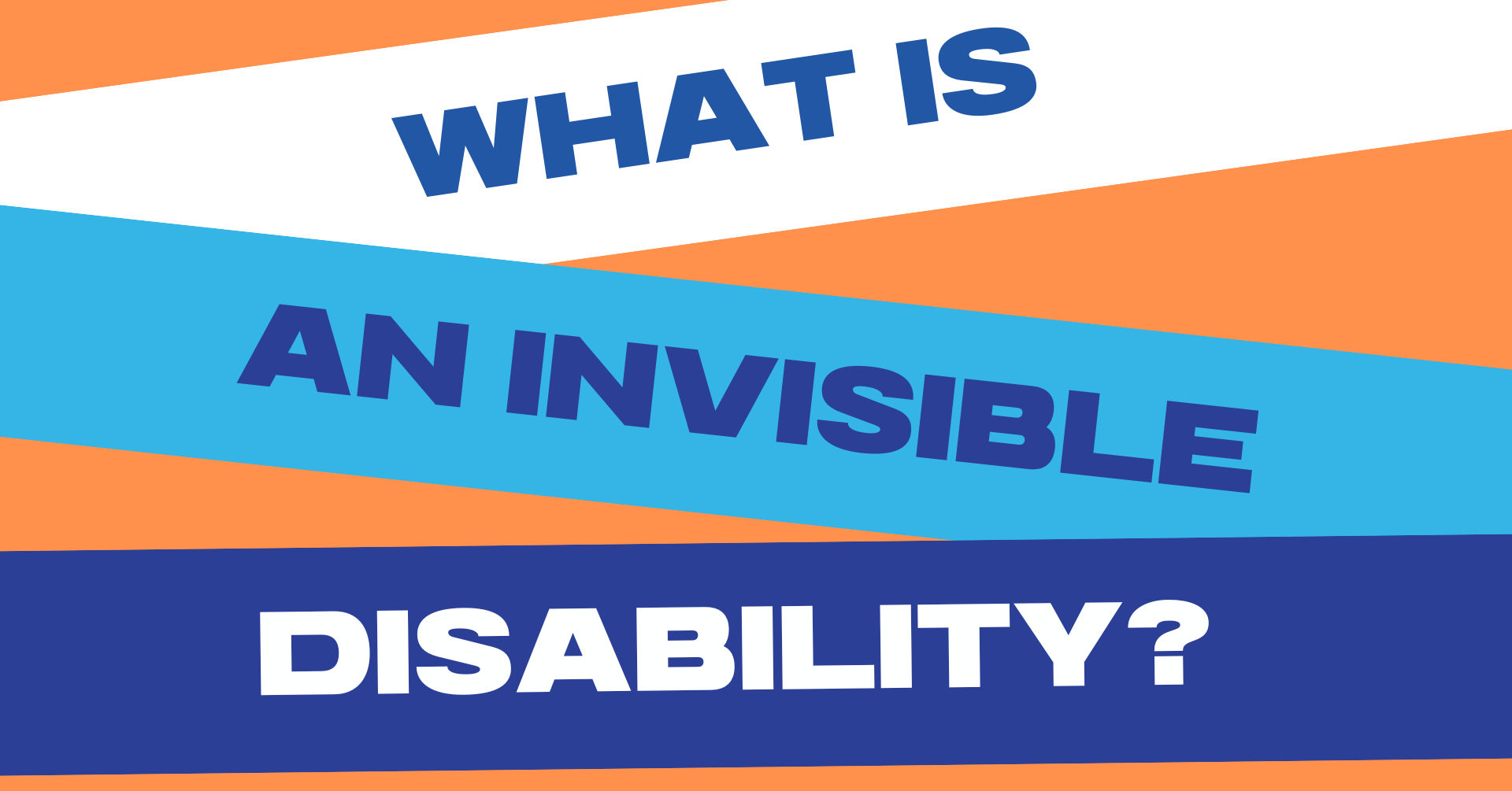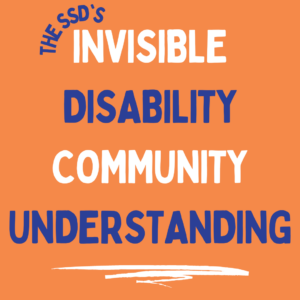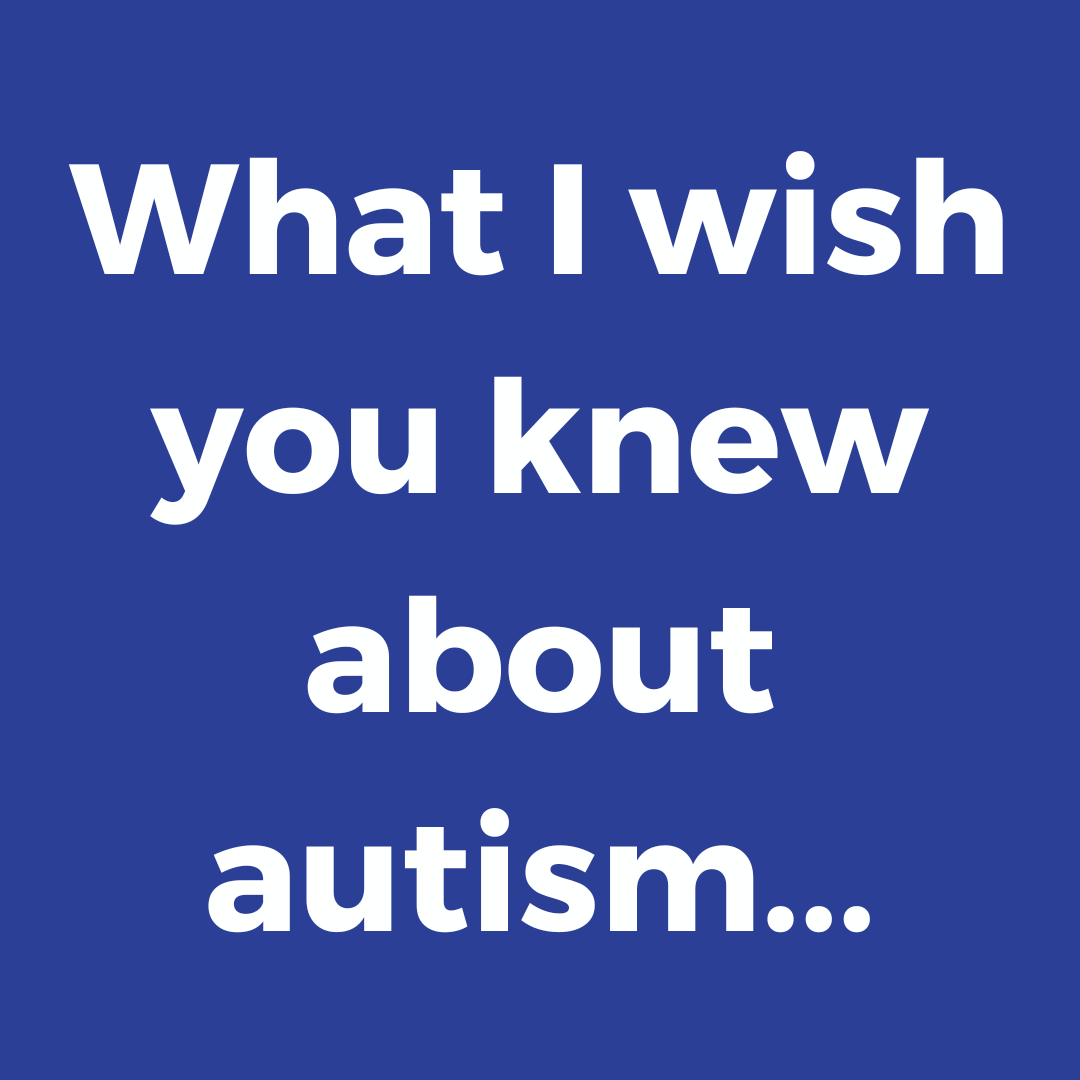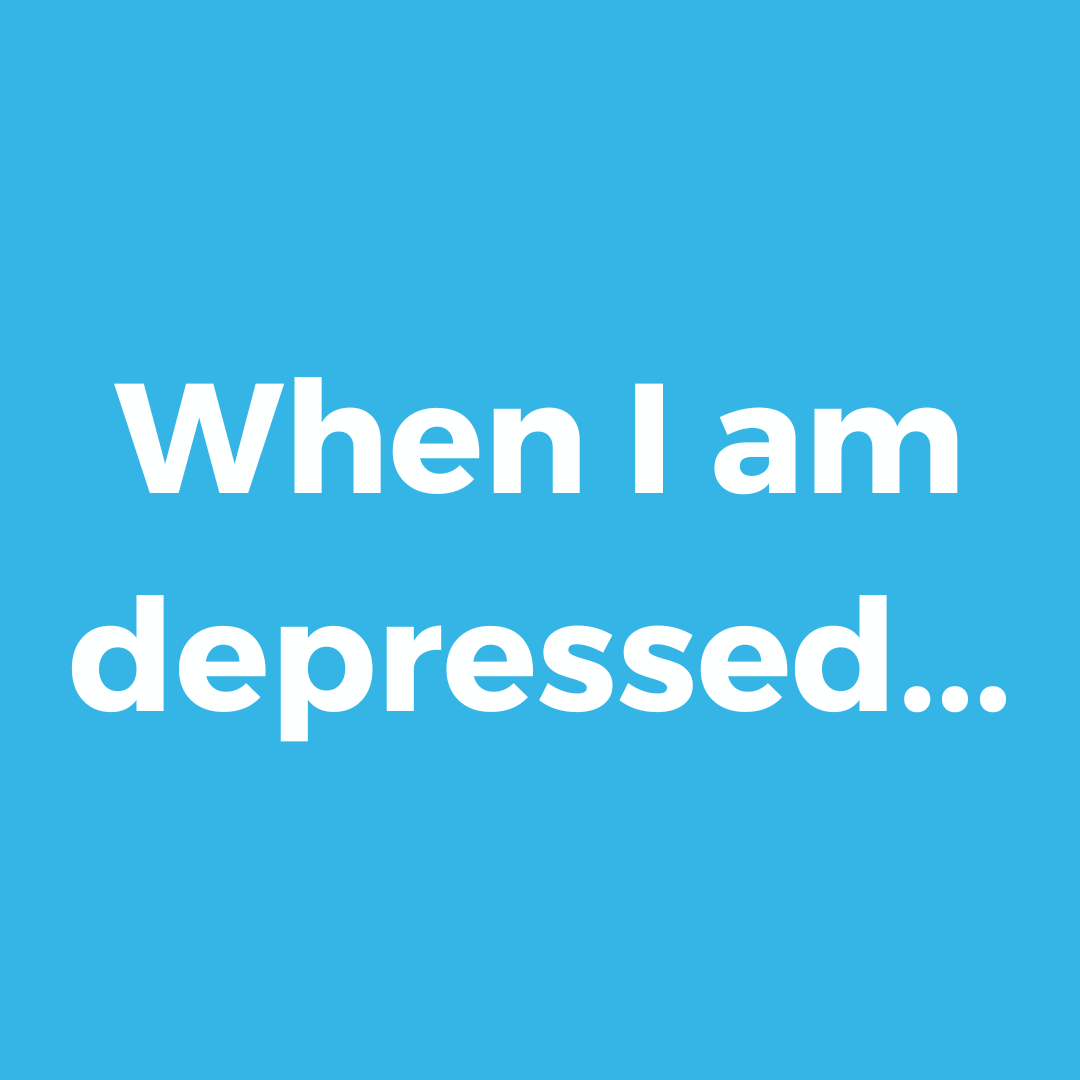Invisible Disabilities Campaign
In March 2023 the Society for Students with a Disability started our Invisible Disabilities campaign on social media. The campaign ran for a week from March 6th to 10th and was all about education, community, and sharing our stories about how invisible disabilities impact each and everyone one of us. However, we didn’t want this campaign to end after March 10th and still wanted to share our community stories, experiences, and thoughts on what it means to live in the world with a disability and what we wish others knew about our disabilities.
On this website page we will be creating blog posts to share the stories submitted on our anonymous google form. If you would like to share your own story please use the following link: Invisible Disabilities google form
What’s an Invisible Disability?
An invisible disability is a physical, mental, or neurological condition that is not visible from the outside yet is greatly impacted by barriers from society. A person’s movements, senses, and/or activities can be limited or challenged because ‘invisible’ symptoms are often misunderstood or shadowed by false perceptions or judgements. (definition adapted from Invisible Disabilities Association)
“An “invisible,” “non-visible,” “hidden,” “non-apparent,” or “unseen” disability is any physical, mental, or emotional impairment that goes largely unnoticed. An invisible disability can include, but is not limited to: cognitive impairment and brain injury; the autism spectrum; chronic illnesses like multiple sclerosis, [chronic fatigue syndrome], chronic pain, and fibromyalgia; d/Deaf and/or hard of hearing; blindness and/or low vision; anxiety, depression, PTSD, and many more. We understand the body as always changing, so disability and chronic illness may be unstable or periodic throughout one’s life.” – Invisible Disabilities Project
INVISIBLE DISABILITY
SSD Community Understanding
“Not feeling disabled enough”
“Spoon management expert” (spoon theory)
Invisible disabilities are often chronic, can be painful, and can be mental health disorders. Folks with invisible disabilities may have less spoons. There is a paradoxical sense of being too disabled to connect to folks, and similarly not being disabled enough to access services. This leads to social isolation, internalized guilt, shame, systemic invalidation, and being misunderstood by peers.
Another aspect to invisible disabilities is masking – both the wearing of face masks, and also the neurodivergent tendency to not portray emotions, reactions, or behaviours that are perceived to be against social norms. Masking can also extend beyond neurodivergence to encompass those with chronic illnesses masking their symptoms. Executive dysfunction was also identified as a facet of invisible disabilities.
Within invisible disabilities there is also great diversity, personal and community identities, and a deep compassion for others’ lived experiences. The disabled community acknowledges and validates each others’ experiences, and we also identified that creativity is a benchmark.
Finally, invisible disabilities may come with access to funding in certain situations, and with certain diagnoses.
Disclaimer: This is a living, working understanding and it is by no means an exhaustive definition.
We welcome additions and constructive feedback.





